Animated landscape with biblical scene Author (area of): Giovanni Anastasi (Senigallia 1653-Macerata 1704)
Animated landscape with biblical scene Author (area of): Giovanni Anastasi (Senigallia 1653-Macerata 1704)
Subject: animated landscape with biblical scene
Author (area of) : Giovanni Anastasi (Senigallia 1653-Macerata 1704)
Technique and dimensions: oil on canvas; 105 x 82 cm
Defined at the end of the eighteenth century by Lanzi as "easy and witty", the artist from the Marche, Giovanni Anastasi, to whose pictorial circle our canvas can be traced back, not least for the thematic affinity with Old Testament biblical subjects (the twenty canvases with stories from the Old Testament and Sibyls in the Hall of Honour of Palazzo Mastai Ferretti in Senigallia), can rightfully be considered one of the most interesting and brilliant exponents of the late Baroque in the Marche.
In this regard, the aforementioned definition by Lanzi is perfectly fitting and intelligible to critics, recalling the immediate (“easy”) success the artist achieved during his lifetime, a brilliant career (which ended in Macerata at the age of 51, in 1704, frescoing the halls of the de Vico counts), the epilogue of a fruitful production, essentially hagiographic (it is enough to recall the Adoration of the Magi, the Adoration of the Shepherds and the Miracles of Saint Anthony of Padua in his Senigallia), which saw him active in various centres of the Marche hinterland.
These are places that (from Macerata to the Sibillini Mountains, passing through San Severino, Camerino, Matelica and Fabriano), during the seventeenth century were capable, as has been well underlined in the contribution by Vittorio Sgarbi and Stefano Papetti (“Wonders of the Baroque in the Marche”, Silvana editoriale 2010), of attracting the greatest artists of the century, thanks to the work of the prelates in charge of the various dioceses, ecclesiastics who “were the expression of the most prominent families of Rome, such as the Altieri, the Barberini, the Mattei, supported by a large group of local patricians”.
These cultural ties of the territory with the two most important centres of the Papal State, Rome and Bologna, are fully attested in the pictorial production of Dell'Anastasi, a true trait d'union between the Roman experience and the Emilian lesson, first and foremost through the persistent homage paid to the classicism of Reni and the formal assimilation of the methods of Carracci (see, to remain within the scope of animated landscapes, the “Rest during the Flight into Egypt”, version of the Galleria Doria Pamphili).
Our painting bears wonderful traces of this 17th-century pictorial culture between Rome and Emilia, a biblical scene from the Old Testament, as suggested by the Jewish priestly headdress of the character on the left near the "tent of meeting" (it could, perhaps, be the siege of the Jewish city of Bethulia, subdued by the Assyrian general Holofernes and freed by the heroine Judith according to the story told in the book of the same name set in the time of the Assyrian king Nebuchadnezzar, 605 BC -602 BC).
A contribution to the history of this significant chapter in the history of art, marked in a far from marginal way by Anastasi, in the name of an undisputed originality ("witty" in Lanzi's sense) in the wake of the Roman and Bolognese tradition, is offered by the volume by Claudia Caldari and Benedetta Montevecchi, published by Silvana editoriale in 2008, in which, for the first time in an analytical manner, the artist's entire production is reviewed with particular attention paid to the works in the aforementioned Salone di Palazzo Mastai which were restored in 2007, a sign, not least, of a renewed interest in an artist who is fundamental for the understanding of the reciprocal relationships and influences between Rome and Emilia, of which the Marche region became the privileged stage for pictorial experimentalism.
EPOCH Thinking about making metafield with features
EPOCH Thinking about making metafield with features
Material
Materials
Materials
dimensions - transport or notes
dimensions - transport or notes
Share
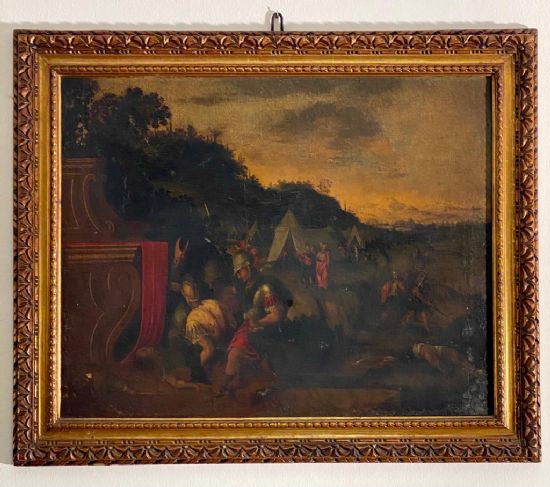
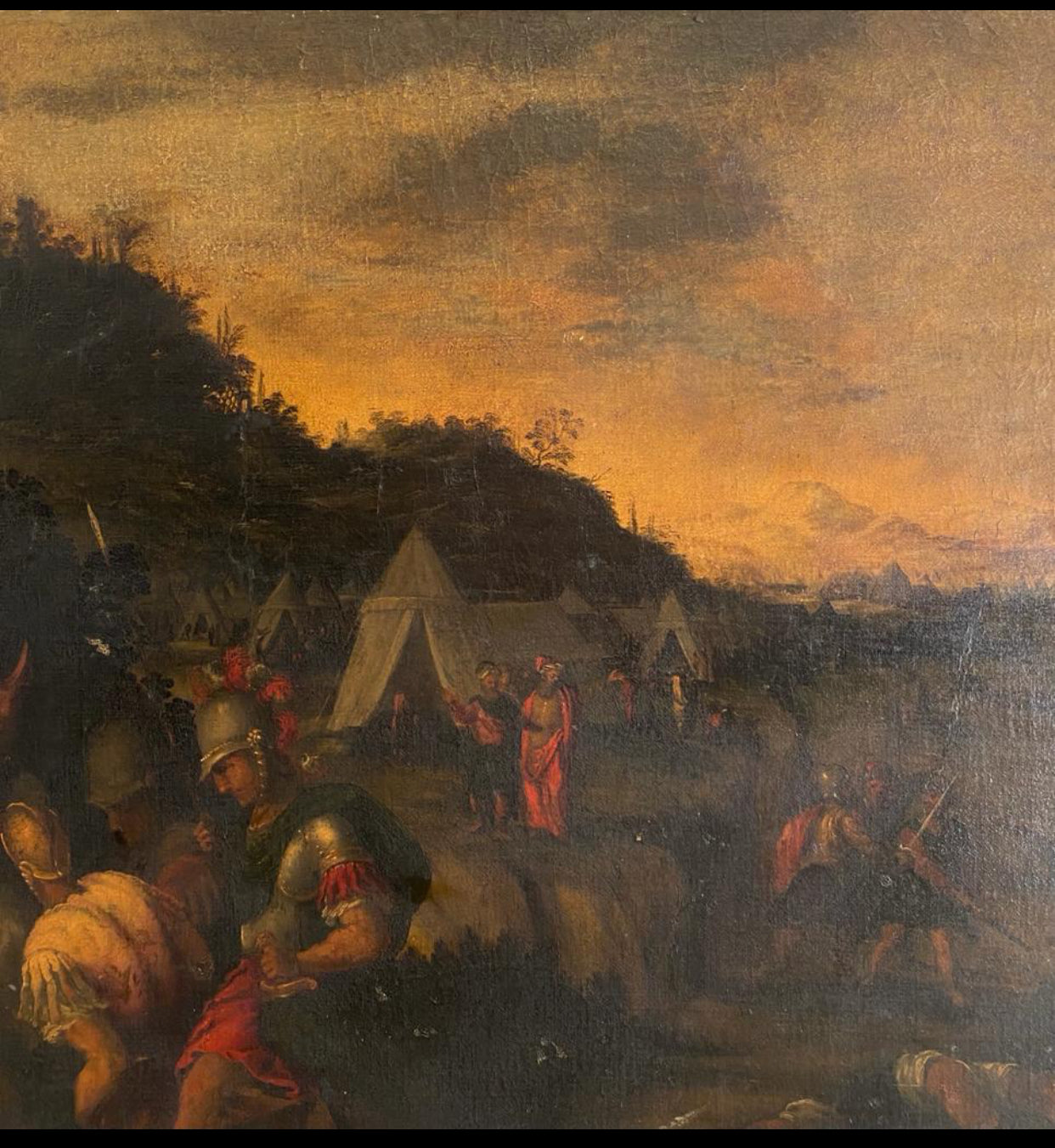
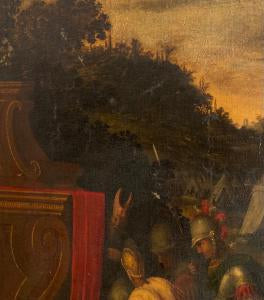
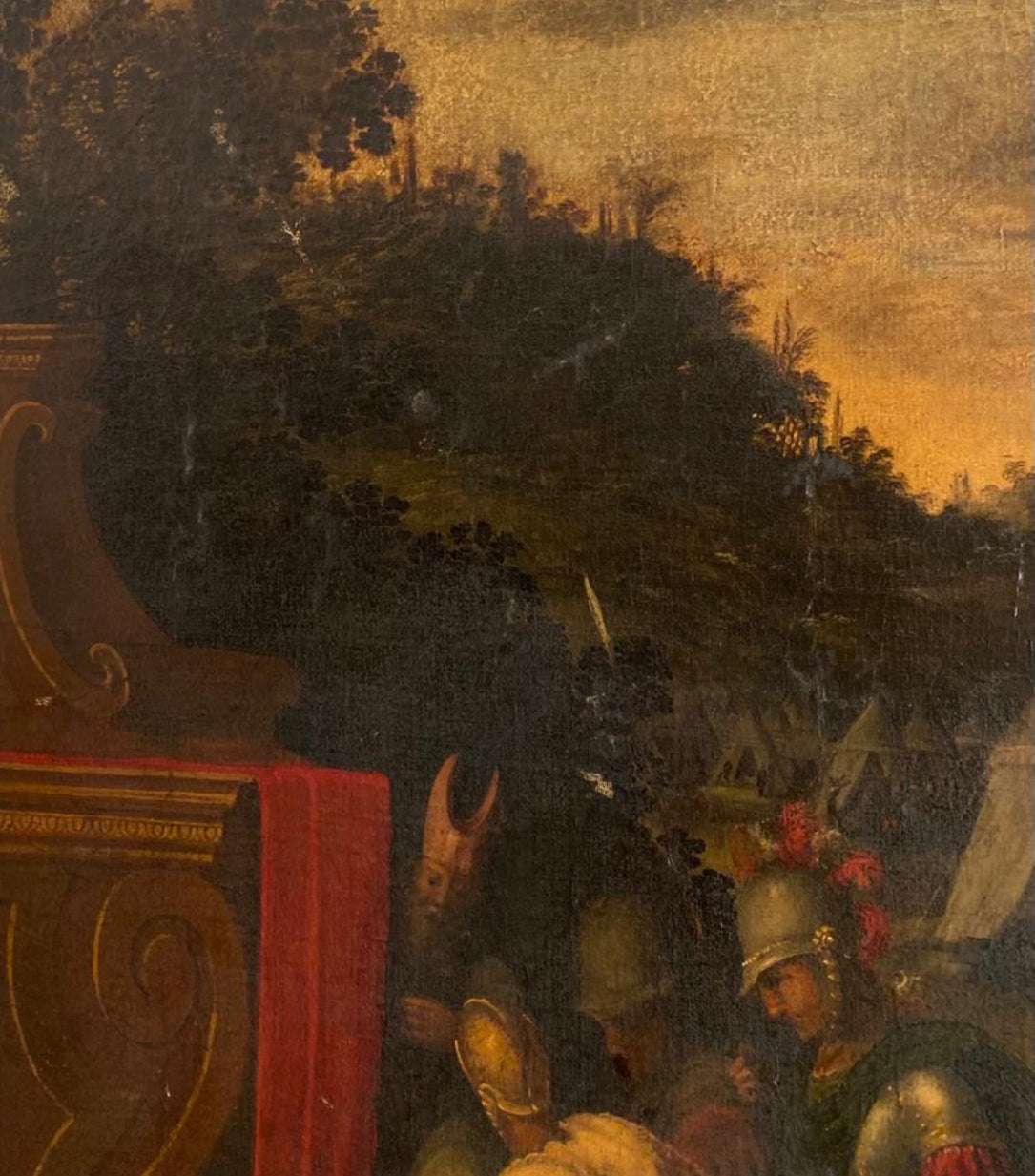
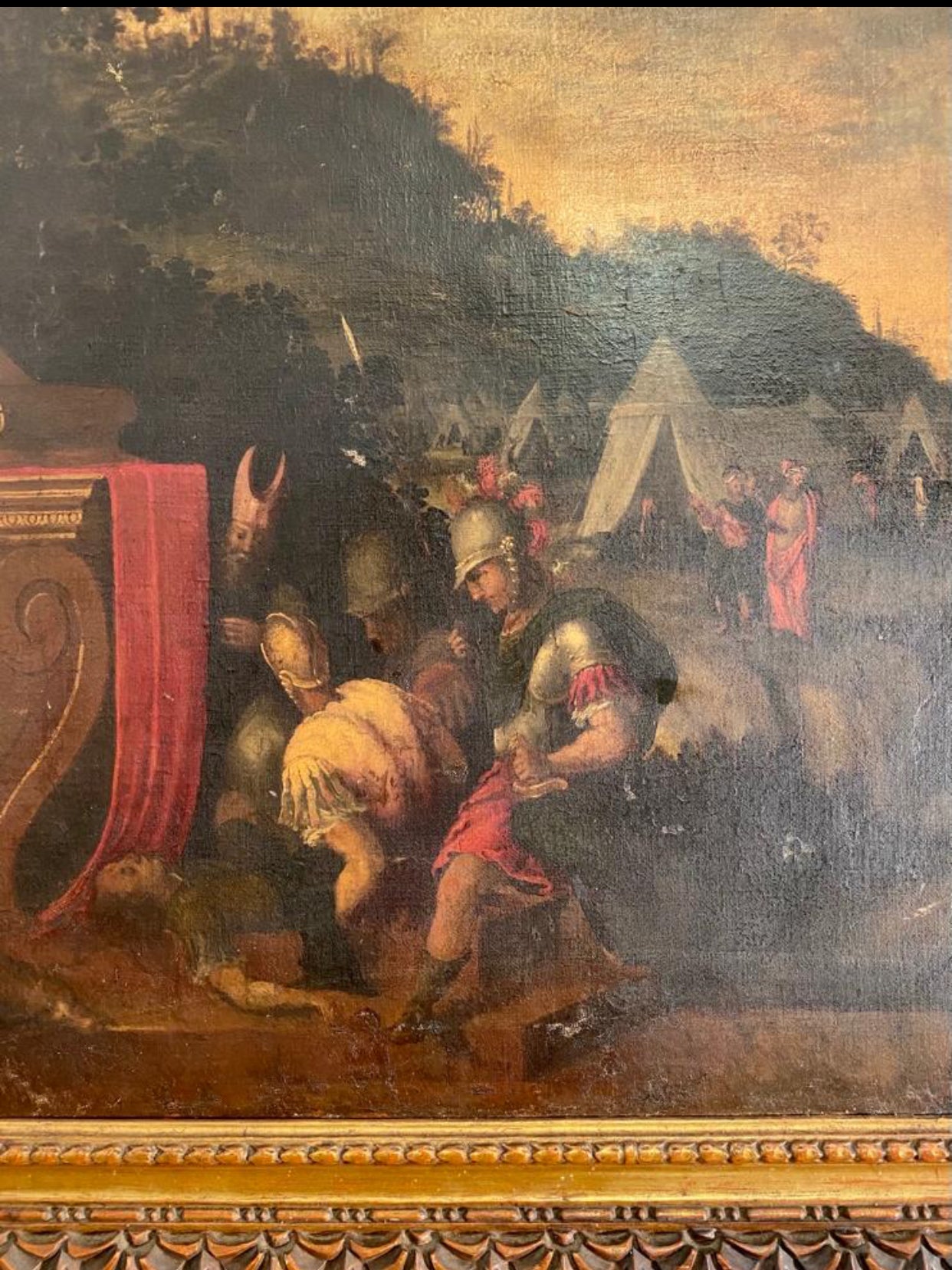
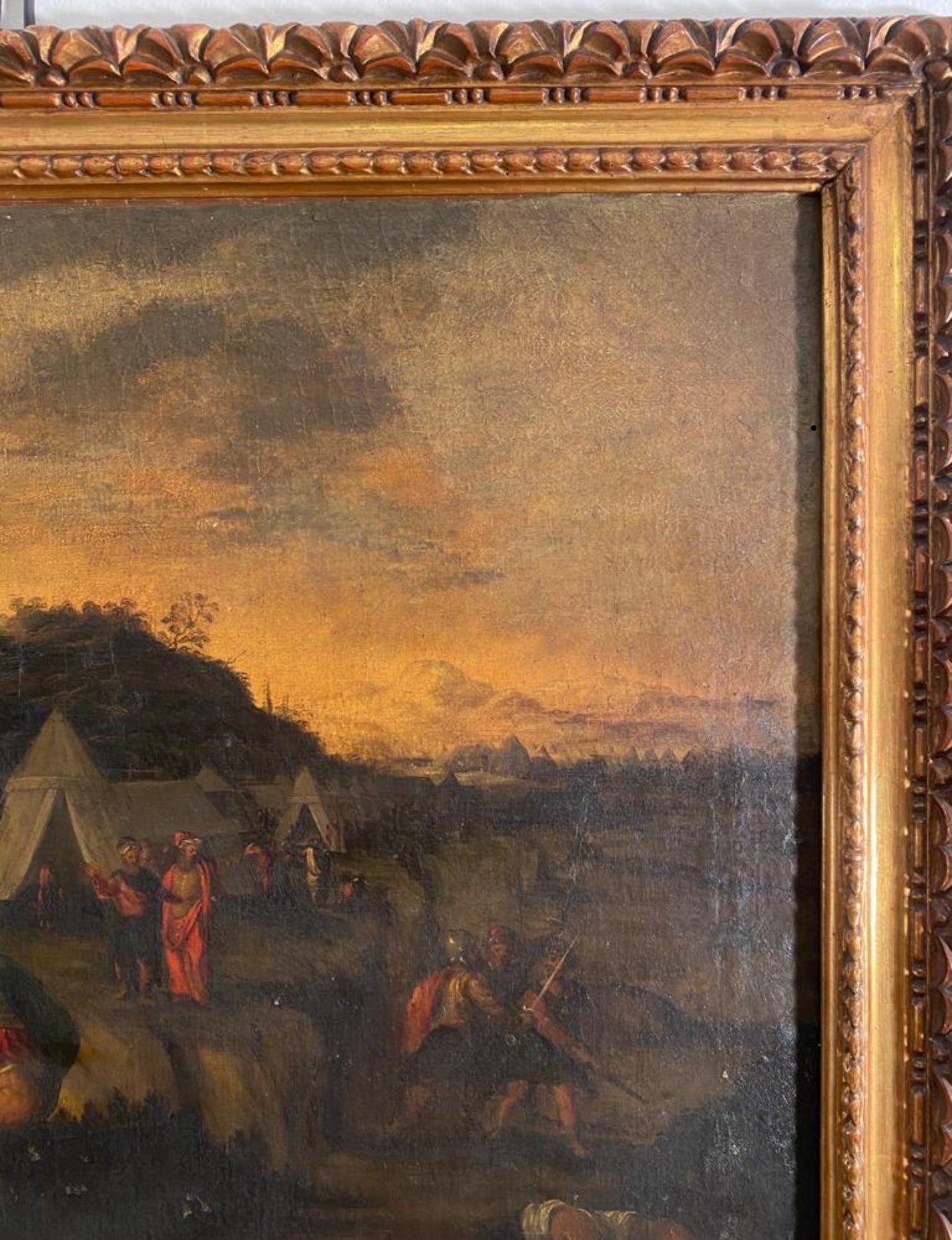
Frequently Asked Questions
Things to know
The items are in their natural state
All our pieces are authentic and retain the signs of time that tell their story. This means that they may present small imperfections, signs of wear or original patina, which for us are an integral part of their charm and uniqueness.
We restore on request
Unless explicitly requested, we leave the signs of time and imperfections intact, to preserve the authenticity and soul of the antique object. However, if you want a restoration intervention, our team of experts is at your disposal to evaluate together the most suitable solution.
We work only and exclusively by appointment
Our service is exclusive and personalized: we receive only by appointment to guarantee you our full attention. Contact us to arrange a meeting and discover our collection in complete tranquility.
How does transportation work?
We offer different transport solutions, depending on the size and delicacy of the item. We rely on specialized professionals to ensure that each piece arrives at its destination in perfect condition. Contact us for more details or to request a personalized quote
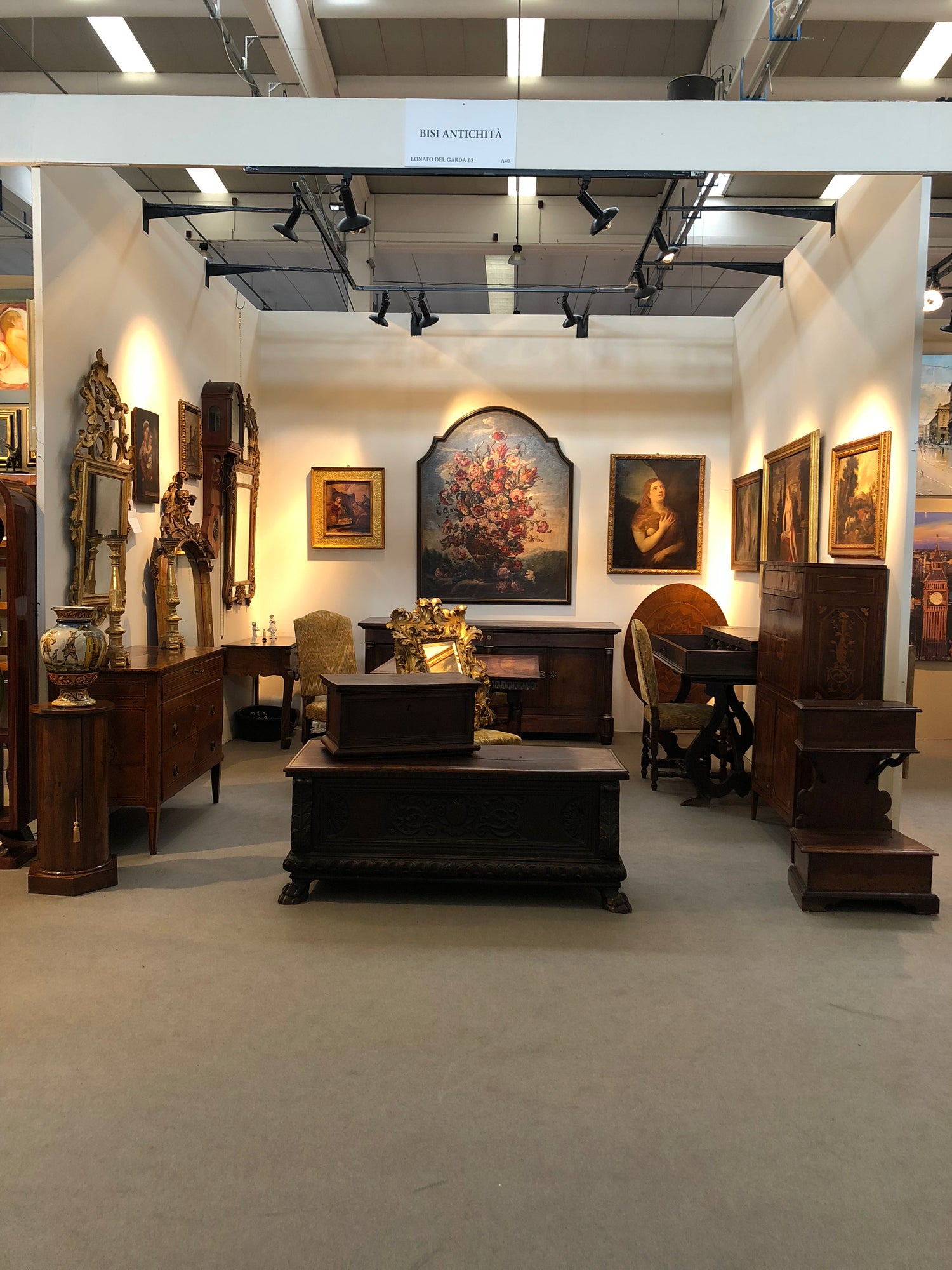
QUALITY AND PASSION FOR GENERATIONS
Since the mid-19th century, our family has been working wood with dedication, transforming a small workshop in Poggio Rusco into a reality rooted on Lake Garda. Since 2014 , we have moved away from the family tradition of furniture production, orienting ourselves towards the restoration and search for ancient treasures to offer to our customers, keeping intact the values of authenticity and quality.






